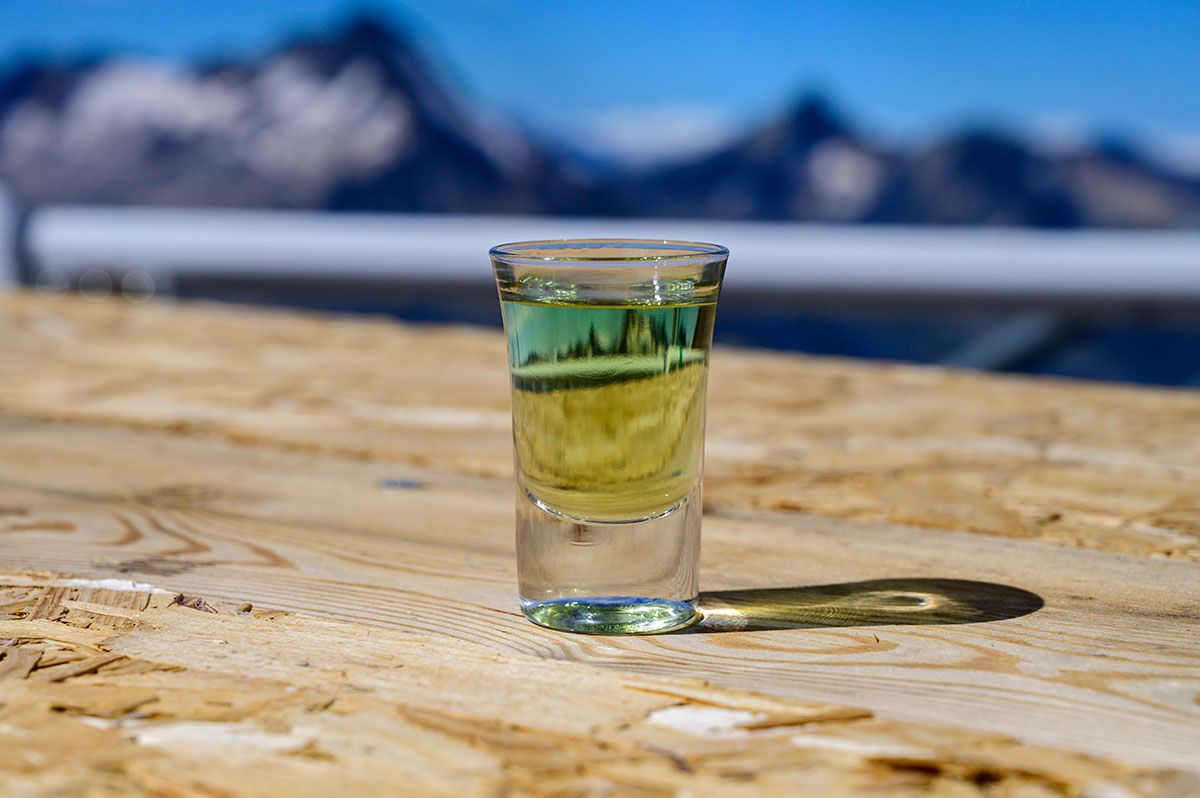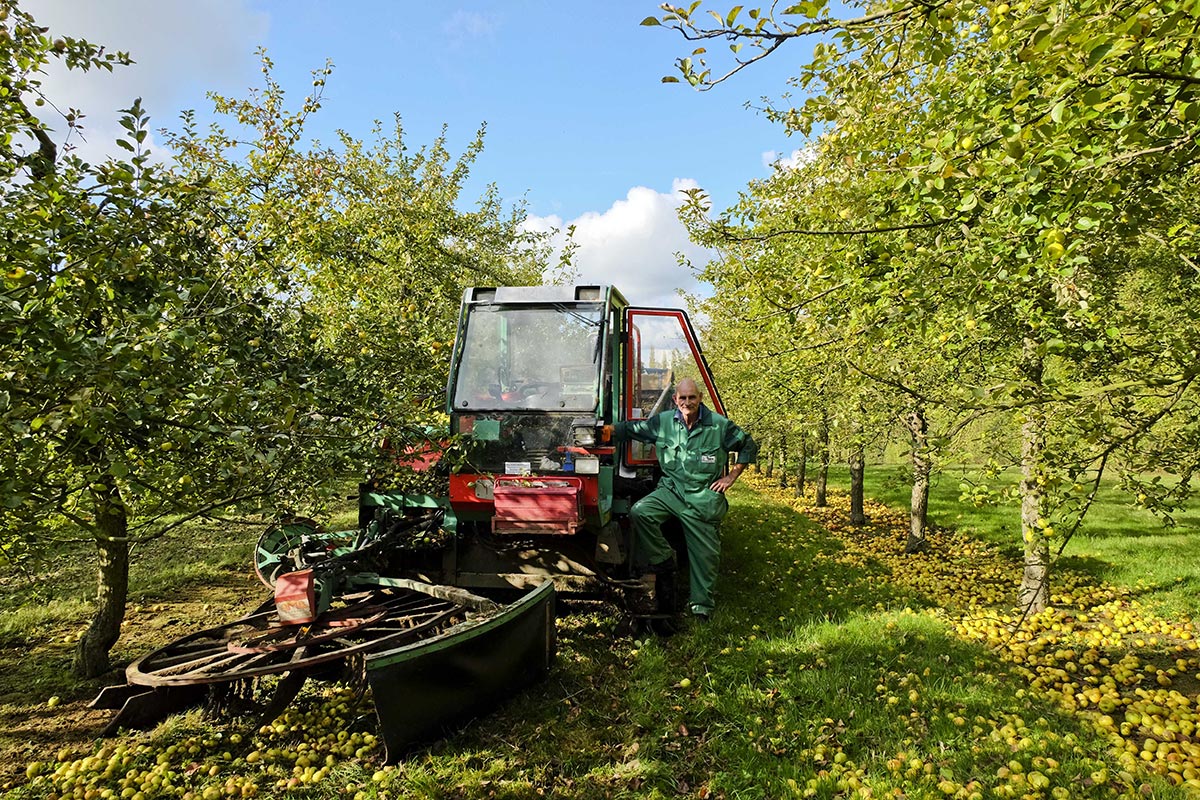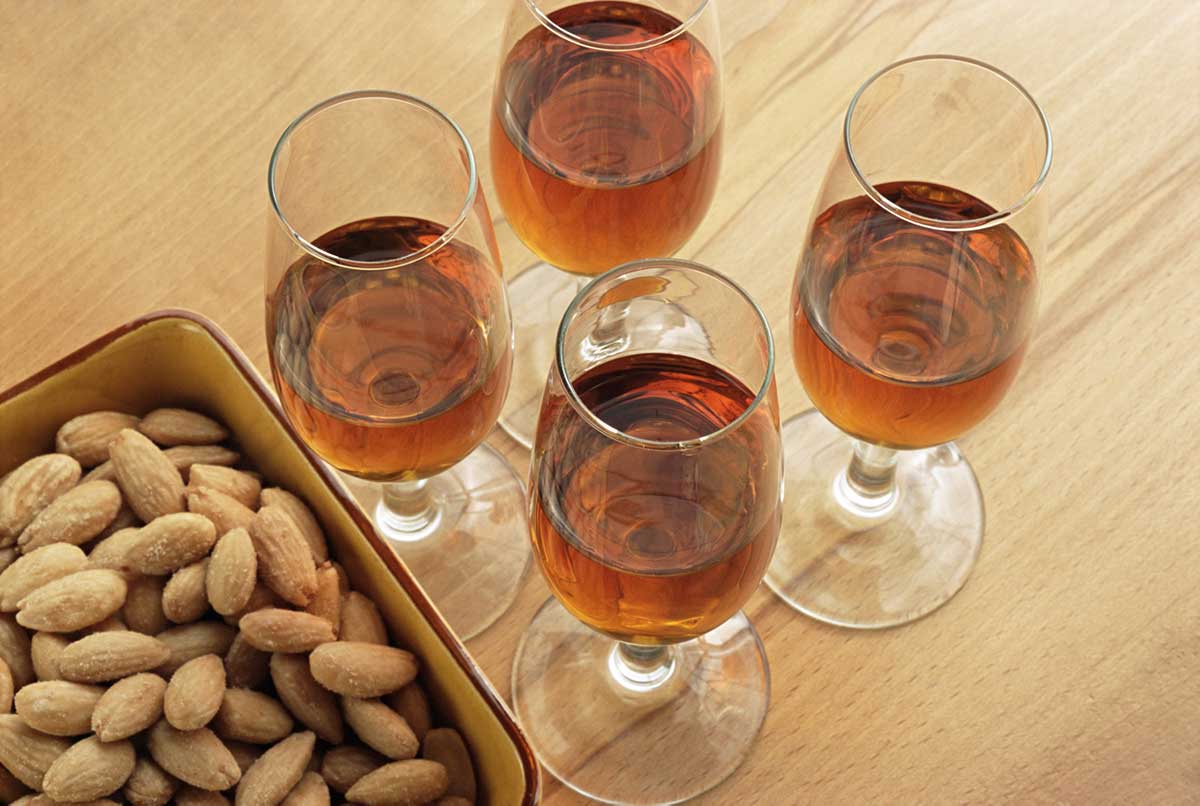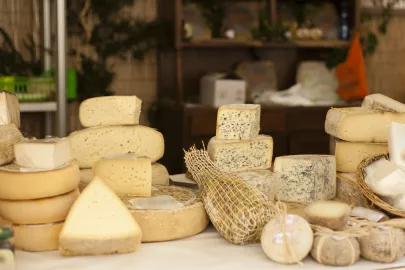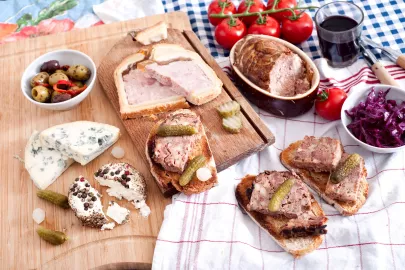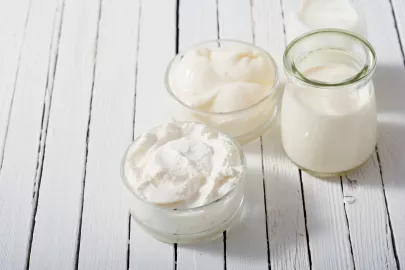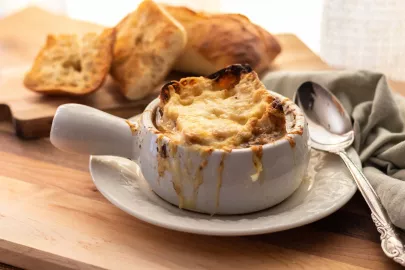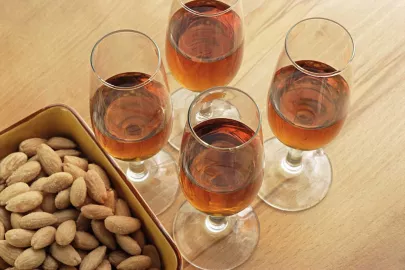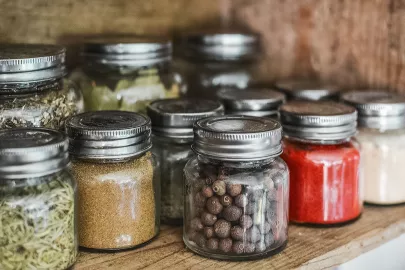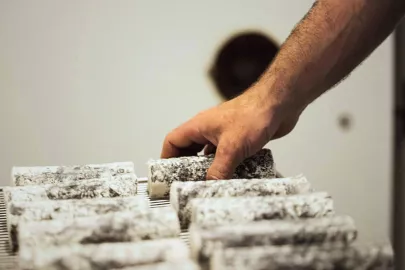Everything You Need to Know About Pastis
If you’ve visited France during the summer, you’ve likely spotted highball glasses filled with cloudy, pale yellow liquid. Beloved by many and culturally accepted even by those who don’t fancy it, pastis has become the unofficial drink of summer in France, especially in the southern regions around the apéro time. So, what exactly is pastis, what does it taste like, and how does it transform from caramel brown to pale yellow? Here's everything you need to know about this iconic French spirit.

What Is Pastis?
Pastis is a strong, anise-flavored spirit and aperitif, predominantly produced in the south of France. Pastis typically has an alcohol content of 40-45% ABV and contains less than 100 grams of sugar per liter. The name "pastis" comes from the Occitan word for "mash-up."
Where Is Pastis Made?
First commercially sold in 1932 by Paul Ricard, pastis was introduced 17 years after the ban on absinthe. While it’s now distilled in several regions, pastis is most popular in Marseille, the Var, and other areas in Provence and southern France.
How Is Pastis Made?
Most commercial pastis is made by blending a neutral base spirit with licorice flavoring. Smaller distilleries might use anise essence or extract instead. Legally, pastis is defined as an anise-flavored spirit with an ABV of 40% or higher.
How Does Pastis Get Its Color?
On its own, pastis has a caramel-like hue. However, when water is added, it turns a cloudy, pale yellow. This is because pastis contains terpenes, which become insoluble when diluted below a 30% ethanol percentage. This reaction is what creates the signature cloudiness of pastis once you add water to the glass!
What Is the History of Pastis?
Pastis emerged in the early 1930s following the ban on absinthe. At the time, anise-flavored spirits were very popular among the French, and Paul Ricard created pastis as a similar alternative, quickly commercializing it.

© ©Getty Images - Rick Lew
What Does Pastis Taste Like?
While often compared to absinthe, the two aren’t really that similar in taste. Pastis is more licorice and anise-flavored. If you’ve tasted arak, ouzo, or raki, you’ll find pastis to be quite similar.
Pastis vs Absinthe
While both are anise-flavored spirits, pastis and absinthe are not the same. Absinthe is a much stronger spirit, with an ABV of 45% to 74%. It’s more complicated, with a larger variety of botanicals (including wormwood) that lend a slightly bitter flavor to the spirit. Pastis is sweeter, and doesn’t include the herb wormwood, which is a key ingredient in absinthe. Pastis goes by the moniker “mellow absinthe” for this reason.
Pastis is also traditionally served with a large water-glass for dilution, whereas absinthe is traditionally prepared by dissolving a sugar cube on a slotted spoon over the absinthe. This process allows the sugar to adhere to the absinthe and provide additional flavoring. When you prepare pastis, you will notice it turns cloudy as you add water. A truly lovely effect.
How To Drink Pastis?
Pastis is traditionally enjoyed neat or with a splash of water. It also features in various cocktails like the Rourou (with strawberry syrup), Tomate (with grenadine), and Perroquet (with green mint syrup). Mixing pastis with both grenadine and mint syrup results in a drink called Feuille Morte ("dead leaf" in English). Pastis can also substitute absinthe in some popular cocktails, notably the Sazerac.
When Is Pastis Best Enjoyed?
Pastis is enjoyed year-round but is especially popular as an aperitif during the French apéro hour. On weekends, it’s often sipped throughout the day while playing pétanque under the sun. Be warned, though—it packs a punch and can sneak up on you if you’re not careful!
What is the Best Pastis?
What is the best pastis? Which brand of pastis has the richest and truest taste? There are many excellent brands, but the classic and most well-known are Ricard and Pernod. Paul Ricard developed his eponymous pastis in the 1930s and it’s now a household name in France. It’s rich and balanced and considered the benchmark for the spirit. Pernod’s version is somewhat different, with subtle notes of mint. Both are excellent choices, and each household in France has their preference.
Pernod and Ricard pastis are very smooth and easy to drink. If you want to go artisanal, Henri Bardouin Pastis offers a more subtle and complex version of pastis, with over 65 herbs and spices. The blend is truly unique and delicious, with a slightly dry finish that makes it one of the best pastis vs absinthe comparisons around. Ultimately, each brand of pastis offers its own personality, and you will certainly be able to find your favorite.
Other French Licorice Liqueurs To Try
Pastis isn’t the only French licorice liqueur out there. Pontarlier-Anis and Anisette are two other popular French anise liqueurs. Pontarlier-Anis is from the district of Pontarlier in the Franche-Comte region of eastern France. It’s very clean and crisp with more anise than your typical pastis.
Finally, there’s Anisette, which is sweeter and lighter than the other anise liqueurs. It’s popular as an aperitif or added to coffee. Like pastis, both Pontarlier-Anis and Anisette have that anise-forward flavor that put people off, but are secretly delightful if you give the liquor a chance.
Whether you want the heftiness of a pastis or the sweetness of Anisette, there’s a French licorice liqueur for every taste. Pastis, as well as being an excellent way to get rid of guests after a party, is a spirit that deserves respect and exploration. So next time you’re in a liquor store, try adding pastis to your cart, and eschew the naysayers. You won’t regret it.
Contributor

Editor

